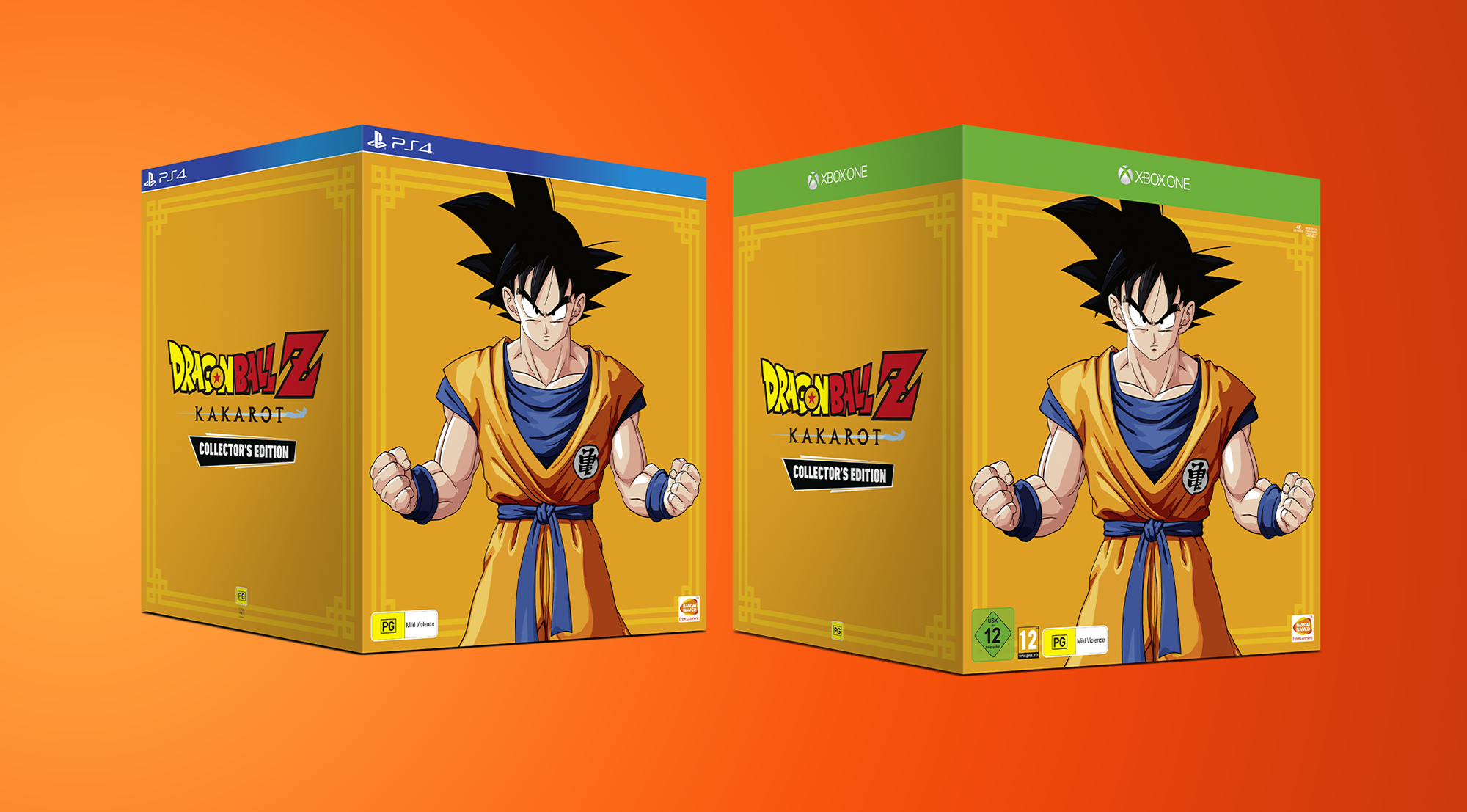August 8, 2022
The printing process can be difficult to approach if you have no experience of it.
It isn’t really a case of designing a page, brochure or in-house magazine and pressing print.
There are a vast amount of details to consider such as volume, formats, scale, cost, and many more.
The rise of the internet has made what used to be considered ‘traditional’ printing – i.e., physical printing – more niche over the past decade, which has also led to an inevitable rise in costs.
Some also get ‘printing’ mixed up with ‘publishing’ which, ironically in the same timeframe, has become easier than ever to do. Post a public tweet or a blog on your website and you’re a publisher.
Printing is an entirely different process altogether, but people can still invest in digital printing.
Confused? That’s why it pays to work with a professional agency when crafting print assets.
That’s why TAKEOFF has created a brand-new guide to explain the basics of the printing process.
As well as explaining the physical printing process, our guide also outlines basic information on digital printing, as well as outlining the differences between paper varieties and colour profiles.
Perhaps most important, though, is our guide’s ‘Jargon Buster’, which helps to take the pain out of some of printing’s most complex terms.
So, if you want to know the difference between embossing and debossing, or would like to know more about spot colouring and dots per inch (DPI), our guide is just for you.
Get in touch if you’d like to read our ‘Printing Explained’ guide!
The benefits of working with a print specialist
Arguably the biggest advantage of working with a specialist print agency like TAKEOFF is how it can help brands get the most from their marketing budget.
The specialism of an agency like ours doesn’t just lie in knowing printing terminology or what grade of paper to use.
It’s looking at the whole project, and helping clients to understand why they’re printing something and the format the campaign would look best on to convey the strongest message.
That means researching your target audience, identifying trends and working to create something incredible they’ve never seen before.
Some of the best examples can be found in our limited editions, which often feature exclusive numbered lithographs, art books, tomes exploring an IP’s lore, perfect packaging, and many other extremely creative and rare print goodies.
Scalability and clarity are also something to consider, too. If you’re printing billboards and banners – as we did to direct footfall to the World of Warcraft: Legion café at gamescom – are they easy to understand and instantly get the message across?
From a budget standpoint, too, are you getting the most from your print materials for the funds available to you?
Some agencies like to commission large print runs for leaflets when they’re exhibiting at a trade event. Sadly, a lot of these typically end up in the trash.
Thinking beyond the brief, why not create print banners and posters instead that feature QR codes that direct traffic to websites and downloadable brochures in exchange for lead information?
That won’t just be better for your agency in terms of budget, but also shows your print products are working for you by generating leads in a measurable way.

